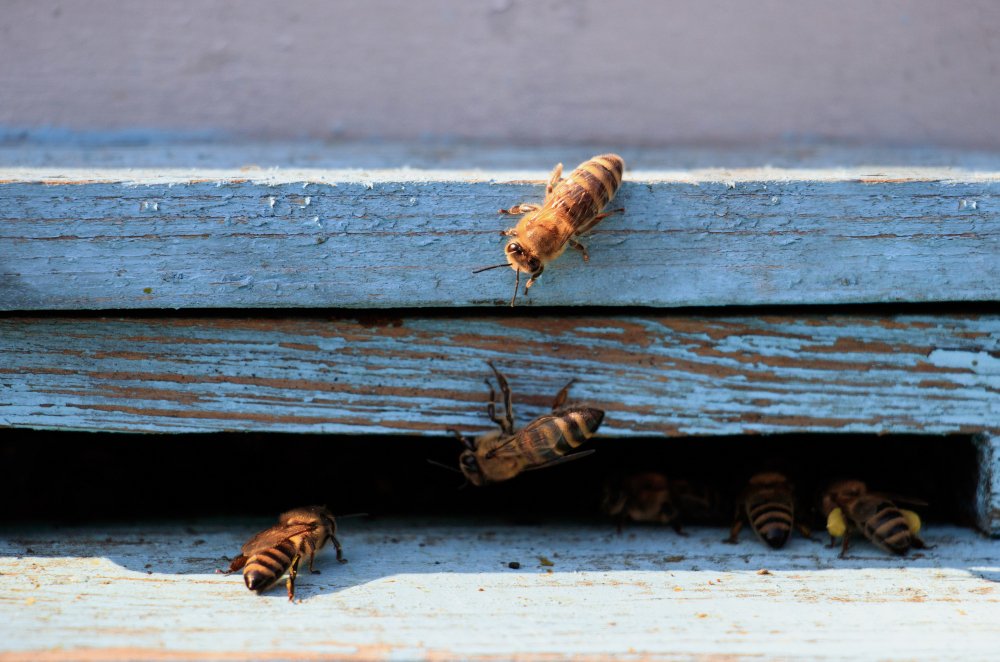Introduction
Finding a wasp nest near your home can feel like discovering an uninvited and very unfriendly neighbor. Wasps are known for their aggressive nature and painful stings, which can quickly turn a relaxing summer day into chaos. While they play an important role in controlling other insect populations, their presence close to humans often causes problems.
In this guide, we’ll break down how to Identify Wasp Nests, the different types you might come across, and the safest ways to remove them without putting yourself at risk.
Why Are Wasps a Concern Around Homes?
Wasps aren’t always villains in the natural world—they help control pest insects and even pollinate flowers. But their benefits quickly fade when they decide to nest near humans. Here’s why:
- Aggression – Wasps fiercely defend their nests and can sting repeatedly.
- Allergic Reactions – For some, even one sting can trigger dangerous anaphylaxis.
- Hidden Nests – Wasps often build in attics, wall voids, or underground, making them hard to detect.
- Large Colonies – Some nests can house thousands of wasps, making them a major threat.
How to Identify a Wasp Nest
Wasp nests vary in appearance depending on the species, but a few key signs will help you spot one:
1. Appearance
Most nests are papery in texture, made from chewed-up wood fibers mixed with saliva. Some look like umbrellas, while others resemble footballs or large lumps tucked into corners.
2. Location
- Hanging under roof eaves
- In tree branches or bushes
- Hidden inside walls, attics, or sheds
- Underground burrows
3. Activity Signs
Notice wasps flying in and out of the same hole or corner? That’s a clear sign of a nearby nest.
Types of Wasp Nests You May Encounter
Not all wasps are the same, and knowing which nest you’re dealing with helps determine the risk.
Paper Wasp Nests
- Small, open, umbrella-shaped nests.
- Usually built under eaves, porches, or overhangs.
- Colonies are smaller (dozens, not thousands).
Yellowjacket Nests
- Large, enclosed nests.
- Often hidden underground, in wall cavities, or attics.
- Can contain thousands of wasps.
- Extremely aggressive if disturbed.
Hornet Nests
- Big, round, football-shaped structures.
- Found high in trees, bushes, or attached to buildings.
- Colonies are defensive and dangerous when provoked.
How to Differentiate Between Them
- Paper Wasps – Visible open combs, fewer wasps.
- Yellowjackets – Hidden nests, high activity, fast swarming.
- Hornets – Large ball-shaped nests, often in trees.
Are All Wasps Dangerous?
Not every wasp species is equally aggressive. Paper wasps usually attack only when their nest is directly threatened, while yellowjackets and hornets are more territorial and quick to sting. Still, all stings are painful and best avoided.
The Risks of DIY Wasp Nest Removal
At first glance, grabbing a wasp spray from the store might seem like a quick solution. But DIY methods often backfire.
- Wasps may swarm and sting multiple times.
- Nests in walls or underground are hard to reach.
- Without removing the entire colony, they often rebuild.
- People with allergies face life-threatening risks.
Unless the nest is very small and in an easy-to-access location, it’s best to leave removal to experts.
When to Call Professionals
You should consider professional help if:
- The nest is larger than a fist.
- It’s inside your walls, roof, or attic.
- You’ve noticed a large number of wasps around.
- Someone in your home is allergic to stings.
Professional pest control companies have the right gear, treatments, and experience to remove nests safely and prevent them from coming back.
Safe Wasp Nest Removal Process by Experts
Here’s how professionals typically handle wasp nests:
- Inspection – Identify the species and nest location.
- Protective Measures – Use safety suits and proper equipment.
- Targeted Treatment – Apply eco-friendly insecticides or safe removal techniques.
- Nest Disposal – Ensure the structure and colony are completely removed.
- Prevention Advice – Seal entry points and reduce attractants.
How to Prevent Future Wasp Nests
A little prevention goes a long way. You can lower the chances of wasps moving in by:
- Sealing cracks and openings in walls and roofs.
- Keeping garbage bins sealed.
- Not leaving sugary drinks or food outside.
- Regularly inspecting your property for early nest activity.
Natural Ways to Deter Wasps
Prefer eco-friendly solutions? Try these natural deterrents:
- Plants – Grow mint, citronella, or eucalyptus to repel wasps.
- Fake Nests – Wasps avoid building near other colonies.
- Vinegar Spray – A mix of vinegar and water can keep wasps away from patios.
What You Should Never Do
Some methods are more dangerous than helpful:
- Don’t try to burn the nest—it can spread fire quickly.
- Don’t pour water on underground nests—it usually makes wasps angrier.
- Don’t knock the nest down during the day—it guarantees an attack.
Conclusion
Wasps may be valuable to the environment, but they’re not welcome when nesting too close to people. Whether it’s a paper wasp under your eaves, a yellowjacket colony underground, or a hornet nest high in a tree, proper identification and removal are crucial. While DIY solutions might work for very small nests, Professional Pest Control ensures safety and long-term peace of mind.
FAQs
1. How do I spot a wasp nest early?
Look for papery structures or repeated wasp activity around one spot. Early detection makes removal easier.
2. Do wasps return to old nests?
Most wasps don’t reuse nests, but they may build new ones nearby if the area remains attractive.
3. Is nighttime safer for wasp nest removal?
Yes, wasps are less active at night, but professional protection is still needed.
4. What’s the best natural way to repel wasps?
Planting mint or hanging decoy nests can discourage them.
5. Can wasps cause property damage?
Yes, nests built inside walls or attics can damage insulation and wooden structures.


